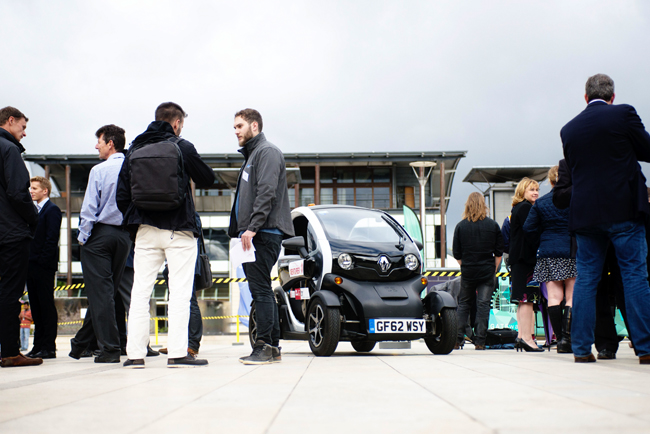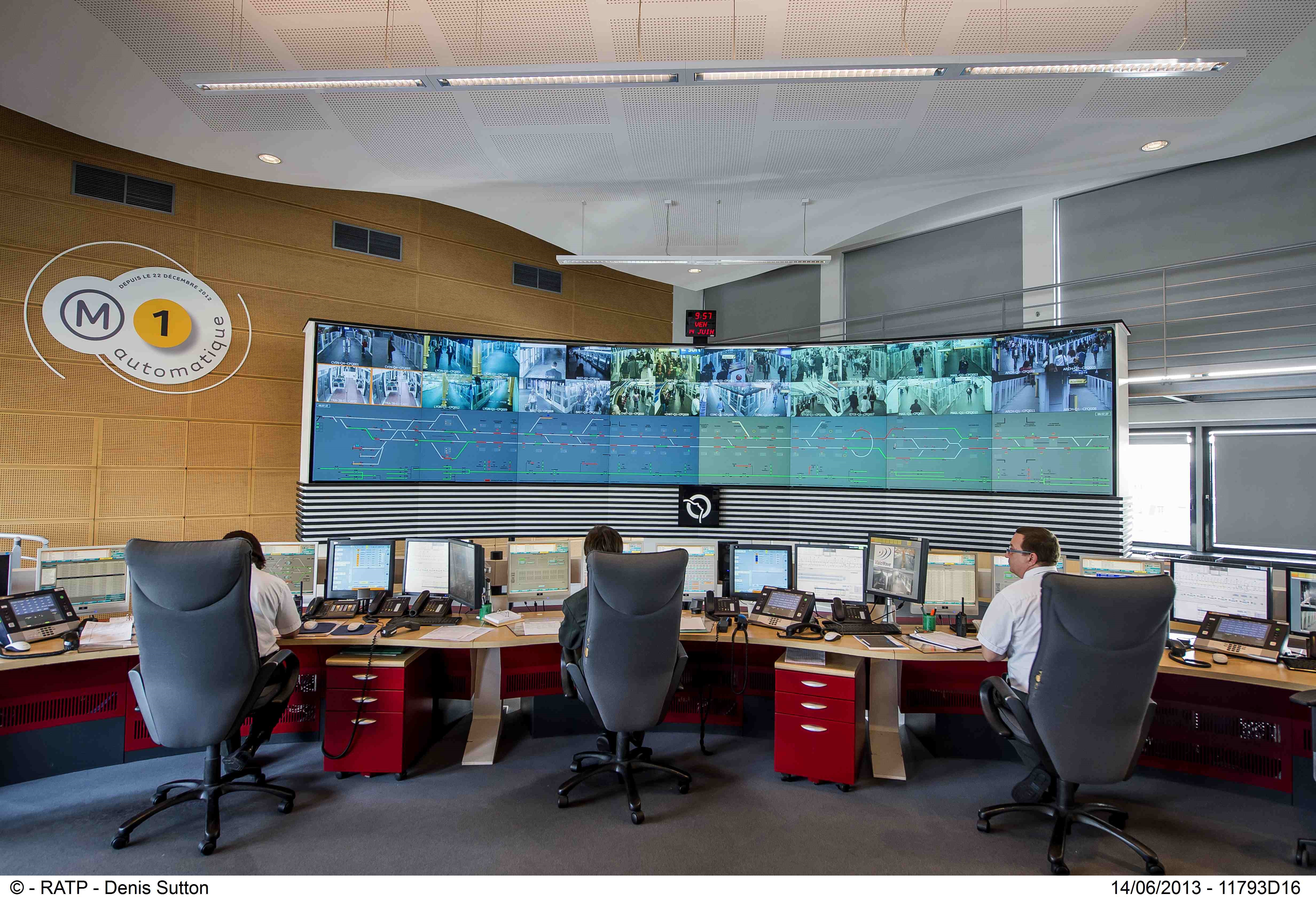
Connected cars require uninterrupted signals to ensure driving safety. Going underground creates problems – but a trial in Norway suggests that there might be light at the end of the tunnel…
As connectivity becomes increasingly important for transportation – in particular for connected and autonomous vehicles (C/AVs) - the problem of ‘blackspots’ and dead zones where signals fail or drop out is a pressing one. But developments early this year suggest that advances in technology might be on the brink of delivering the sort of blanket coverage which will aid auto manufacturers and tunnel operators while reducing the anxiety of road users.
Professor Paul Alexander, Cohda’s chief technical officer, says GPS positioning can be off by up to 40m in such environments – which would have a significant negative impact on the safe deployment of cooperative ITS (C-ITS). “Being able to locate vehicles with a high degree of accuracy in a tunnel of these vast dimensions, without causing interference to other radio signals used in the tunnel, bodes well for the introduction of autonomous vehicles and buses,” Alexander says.
Careful consideration
Aventi, a systems integrator of safety and control systems for Norwegian tunnels and other roads, approached Cohda – after hearing of its V2X-Locate solution - to set up the Bjørnegård trial. Aventi has participated in R&D relating to C-ITS since 2014, with tunnel implementations high on its agenda, in particular in terms of seeking a solution to the positioning challenges of GPS when it comes to tunnels. The companies say that the physical equipment and communications protocols used for the trial were carefully considered.
As Bjørn Elnes, systems engineer at Aventi, says: “C-ITS currently relies on good GPS reception under open sky, but this test proves that we can make it work in tunnels as well.”
Aventi installed four of Cohda’s roadside units (RSUs) to cover the length of the newly-built, 2.2km tunnel and one on-board unit (OBU) in a test vehicle. The trial was conducted using the North American (
The set-up for Bjørnegård was chosen for a variety of reasons. Cohda’s OBU and RSU hardware is typically used in V2X applications but the company says its V2X-Locate system is unique in that it essentially ‘repurposes’ this hardware to deliver a positioning solution. In this way, the RSUs act as ‘beacons’ and specially-developed software processes data between the RSU and OBU to determine the vehicle’s position to within a metre accuracy.
Automated response
Automated vehicles could play a significant role in enabling tunnel safety in future, according to Henric Modig, leader of the World Road Association (
No interference
Aventi works primarily for the Norwegian Public Roads Administration (NPRA) and wanted to prove that the RSUs would not interfere with other systems in the tunnel in V2X applications. Most of all, Aventi was keen to demonstrate the efficacy of Cohda’s V2X-Locate solution and the benefits of C-ITS in tunnels. There are over 1,400km of tunnels in Norway and it is therefore the perfect ‘proving ground’ for such applications, the company says.
Working out and executing such a pilot scheme requires a great deal of thought. But the partners say that things went without a hitch, with no refinement needed to their advanced planning. The trial proved what it was expected to prove. Cohda conducted separate testing of the efficacy of other (non-Cohda) technology which (‘as expected’, the company says) failed to produce the positioning accuracy that Cohda’s V2X-Locate technology was able to achieve.
Cue a round of satisfied back-slapping. While the outcome was in line with what was anticipated, Elnes says: “We expected good results but it turned out even better than we expected. We were surprised at how well the 5.9GHz signals travelled in the tunnel.” He said this would increase safety and convenience for drivers currently using the tunnels, but will also enable autonomous shuttles to use them too. But Elnes added: “However, this was a modern tunnel with smooth concrete walls, so now we would like to run a test in an older tunnel with rugged, dynamite-blasted granite walls.”
The NPRA says it is encouraging R&D and innovation in this area of the business, together with transport stakeholders such as Aventi. May Bente Hiim Sindre, project manager at the NPRA, can see other possibilities opening up: “This is a unique opportunity to adopt new technologies that further develop the infrastructure and transport solutions for the new E16 from Sandvika to Wøyen and the Bjørnegård tunnel.”
Significant findings
For their part, the companies believe that the findings were significant for a couple of reasons. “This trial removes any uncertainty about whether C-ITS will work in tunnels or not and that will be important to know when the NPRA is advising the Ministry of Transport and Communications on how to proceed with the roll-out of C-ITS,” Elnes says. “After the European Commission on 13 March adopted new rules stepping up the deployment of C-ITS on Europe’s roads, this is high on the agenda.” In addition, as Alexander points out: “This was the first trial of its kind on a public road. We were also very satisfied with the way the system operates seamlessly as the vehicle entered and exited the tunnel. When GNSS signal was lost, positioning switched seamlessly to V2X-Locate and the same applied when the vehicle exited the tunnel.”
This has clear implications for tunnel management all over the world. “Eventually this solution may become part of the Norwegian tunnel specifications alongside CCTV, emergency phones, and TETRA,” Elnes explains. “This was a fairly short tunnel, well suited as a proof-of-concept,
but we hope we’ll get the opportunity to implement this in the really long tunnels, like the E39 Rogfast which will be 27km long, with complex exit ramps and two roundabouts in the middle.”
Alexander hopes to be working with Aventi on the Rogfast (see above). “Naturally, we also hope to trial V2X-Locate in other tunnels around the world,” he says. For Elnes, the next thing on the company’s agenda is crystal clear. “Norway has over 1,400km of tunnels and the opportunity is for us to become a world-leader in the application of C-ITS in tunnels,” he concludes.
The Rogfast tunnel
The 27km Rogfast tunnel is due to be completed by 2026 and will run under the sea to a maximum depth of 392m. Part of the main E39 highway along the west coast of Norway, it will link the cities of Kristiansand, Stavanger, Haugesund and Bergen. It also runs below two fjords - Boknafjorden and Kvitsøyfjorden.
Source: World Highways











